
Image by Whisperto Me from Wikimedia
Top 10 Facts about the Mesa Verde National Park
Mesa Verde National Park is a United States national park located in Southwestern Colorado. It is notable for prehistoric cliff dwellings.
The park contains the first site in the U.S. given federal protection for its archaeological importance, thanks to the efforts of Virginia McClurg in the late 1800s and early 1900s.
The national park, established in 1906, is home to the ruins of about 600 cliff dwellings built by the Ancestral Puebloan people.
Originally constructed from natural materials like sandstone, wooden beams, and mud mortar the dwellings consisted of a vast network of communities and villages in the sheltered alcoves of the Mesa Verde canyon walls.
While Mesa Verde National Park also helps protect hundreds of plant and animal species that thrive in the wild landscape.
The name itself “Mesa Verde,” is Spanish for “green table,” referencing the network of juniper trees and other foliage spread throughout the area.
The park covers an area of 212 square kilometres (82 square miles) or 52,485 acres (21,240 hectares).
Here are 10 sensational facts to make you visit Mesa Verde National Park.
1. Mesa Verde is the Richest Archeological Preserve in North America
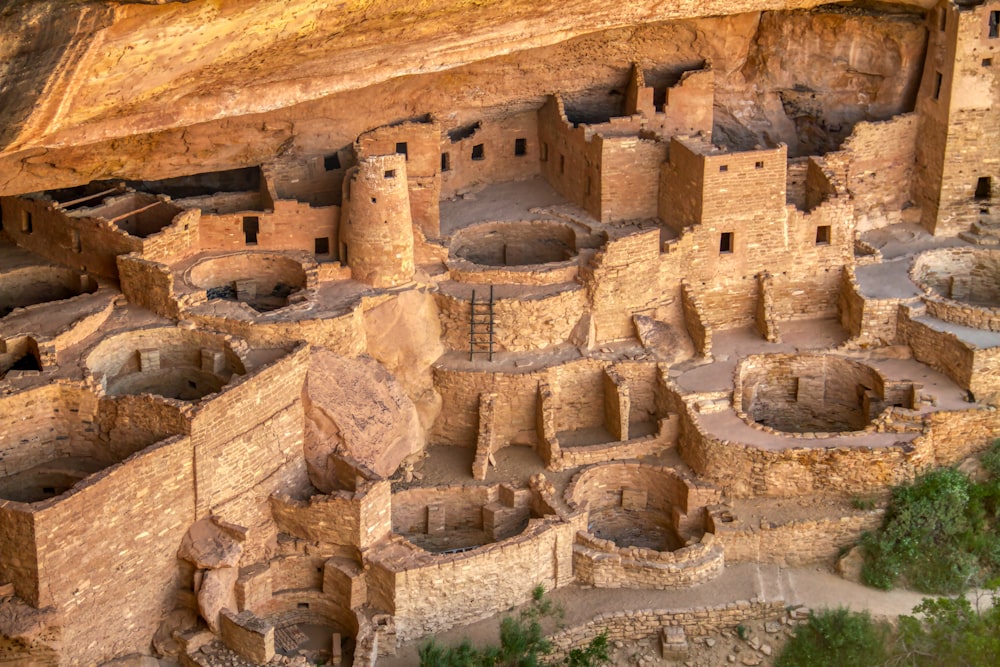
Photo by MARIOLA GROBELSKA on Unsplash
Mesa Verde National Park was established primarily to preserve the various archaeological sites originally built by the Ancestral Puebloans.
Mesa Verde is known as North America’s richest archaeological preserve because of the several thousand ancient sites in the area.
Many sites are open to the public for visitation, and many local museums and institutions are dedicated and interpreting the region’s culture and archaeology
So far, archaeologists have discovered over 4,700 important archaeological sites, including more than 600 cliff dwellings.
They continue to be protected and preserved by initiatives like the Archeological Site Conservation Program and the Stabilization and Structural Engineering Program.
2. The Cliff Dwellings Are Some of the Most Well-Preserved in North America
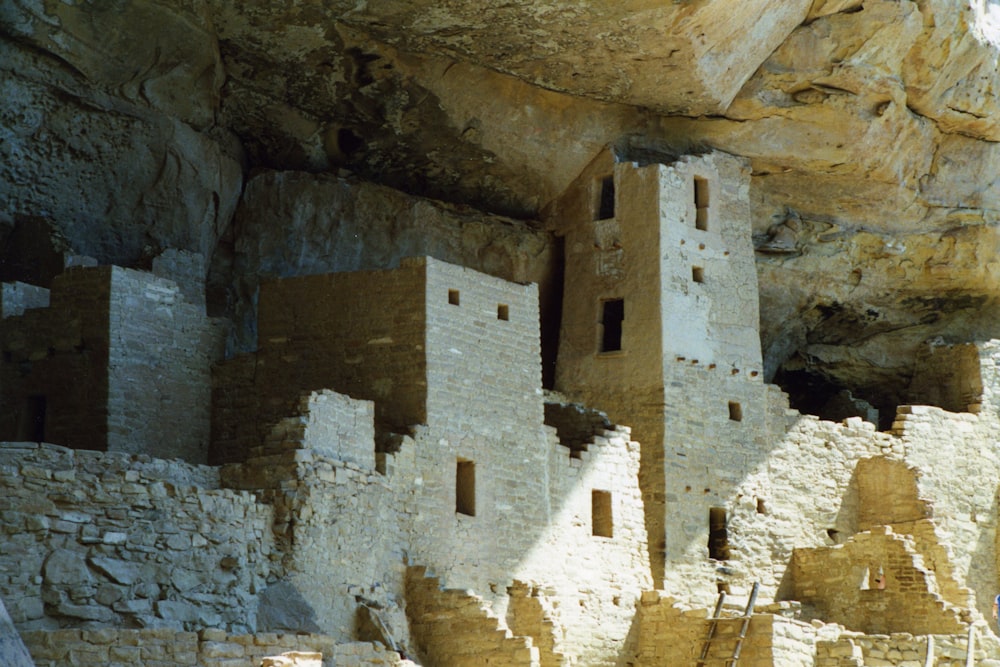
Photo by Lisa Yount on Unsplash
Cliff Palace is the best-known cliff dwelling in Mesa Verde National Park. It is located in the largest alcove in the centre of the Great Mesa.
It was south- and southwest-facing, providing greater warmth from the sun in the winter.
The 700 years old dwellings are constructed of sandstone, wooden beams, and mortar.
Cliff Palace is believed to have been a place of high social, administrative, and ceremonial use during its heyday.
It was home to approximately 125 people but was likely an important part of a larger community of sixty nearby pueblos, which housed a combined six hundred or more people.
Touted as the largest cliff dwelling in North America it contains 23 kivas and 150 rooms.
The “Anasazi,” a Navajo word that has been translated as “the ancient ones” or “enemy ancestors” were the inhabitants.
Oral stories passed down through the ages and archaeological remains have allowed researchers to reconstruct their past.
Recently researchers found evidence that the people at Mesa Verde had sophisticated mathematical knowledge, using the golden ratio, a mathematical ratio also used at the Giza Pyramids, to help construct a Sun Temple.
3. Mesa Verde National Park Occupies Over 52,000 Acres of the Colorado Plateau

Image by Bureau of Lands from Wikimedia
Mesa Verde National Park represents just a small yet significant—portion of the Colorado Plateau, occupying just over 81 square miles.
Characterized by desert climates, deep canyons, and ancient rock formations, the Colorado Plateau is one of the largest plateaus in North America at 240,000 square miles.
Water and wind erode the Mesa Verde region to create a series of smaller canyons and flat-topped mountains with elevations ranging from about 6,000 feet to 8,572 feet.
4. The Mesa Verde National Park is a UNESCO World Heritage Site
Mesa Verde contains a great concentration of ancestral Pueblo Indian dwellings built from the 6th to the 12th century.
Mesa Verde plateau in southwest Colorado at an altitude of more than 2,600 m is home to the park.
There are over 4,000 official archaeological sites.
There are also imposing cliff dwellings, built of stone and comprising more than 100 rooms.
Touted for its exceptionally well-preserved prehistoric settlement landscape, the park was selected as a UNESCO World Heritage Site in 1978.
The graphic link connects modern life with the Indigenous peoples who built the dwellings that now serve as an “archaeological laboratory” for building our understanding of the Ancestral Puebloan people.
Mesa Verde is the ancestral home of 26 Native American tribes that are culturally affiliated.
5. Mesa Verde’s Geographic Isolation Protects a Wide Variety of Animal Habitats

Image by MARELBU from Wikimedia
While your prime motivation for visiting Mesa Verde National Park more than likely was to tour the park’s cliff dwellings, there are quite a few locals you might come upon during your visit.
Among the animals you might observe while visiting the park are coyotes, desert cottontails, gray fox and squirrels.
Mesa Verde contains several habitats that support a great diversity of resident and migratory wildlife.
The Audubon Society named the park a Colorado Important Bird Area (IBA).
It has two Protected Activity Centers and three breeding Core Areas for the threatened Mexican Spotted Owl totalling 5,312 acres.
There are at least 74 species of mammals, 200 species of birds, 16 species of reptiles, five species of amphibians, six species of fish, and more than 1,000 species of insects who call the park home for at least part of the year.
For a list of mammals found in the park, click here.
For a list of reptiles, amphibians, and fish found in the park, click here.
6. The Park Also Holds Over 640 Plant Species

Image by Megan Zopf from Pixabay
Despite the park’s arid climate and high elevations, Mesa Verde supports over 640 different species of plants, including 556 species of vascular plants, 75 species of fungi, 21 species of moss and 151 species of lichen.
A few of these species are rare and endemic, occurring only within the boundaries of the park and nowhere else on Earth.
One of these endemic plants is the Chapin Mesa milkvetch, a white-coloured wildflower that’s part of the pea family and grows to about 30 inches in height.
You can easily find oak trees, Utah juniper, snowberry, skunkbush, yucca, cacti, and Oregon grape.
Plant species that are vulnerable to changing environmental conditions include the Cliff Palace milkvetch, Mesa Verde wandering aletes, and Mesa Verde stickseed.
Sword-like yucca, yellow wildflowers, and red Indian paintbrush thrive in the semi-arid, low soil environment of Mesa Verde National Park.
While generally thought of as disastrous, in certain situations wildfires play an important and necessary role in ecosystem dynamics. In dry areas like Mesa Verde, naturally occurring fires have always been somewhat common.
Trees and plant communities, where burned, give rise to new communities. These burned areas start with grasses, but the trees gradually regrow.
Burned trees line the horizon of many high plateaus within the park complemented by younger grasses and juniper that have regrown since the last fire.
7. Scientists Aren’t Exactly Sure Why the Ancestral Pueblo People Left Mesa Verde Dwellings
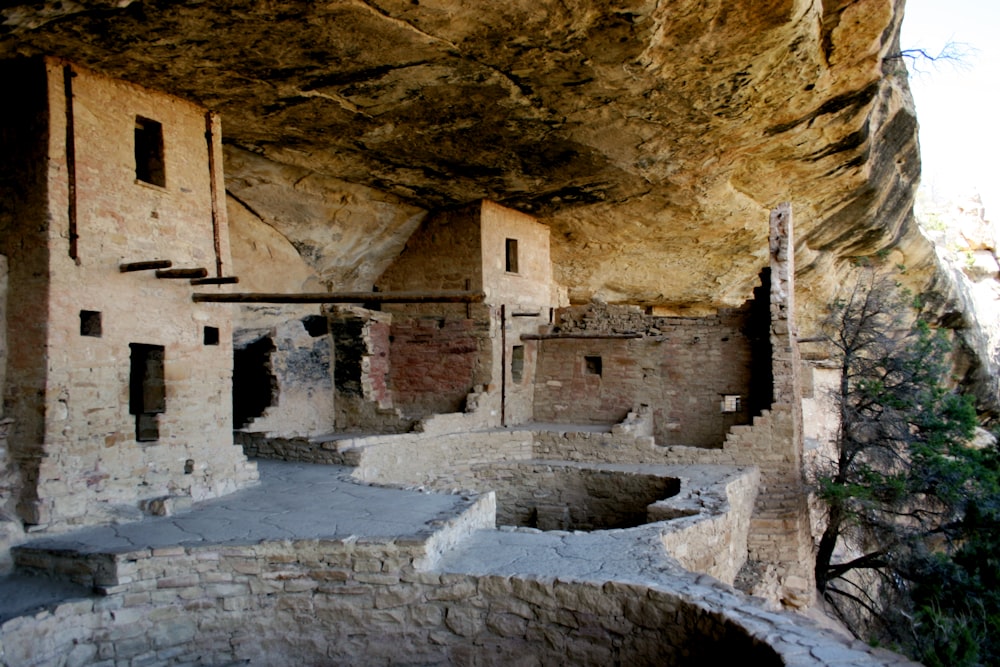
Photo by Freysteinn G. Jonsson on Unsplash
Ancestral Pueblo people were nomadic people who arrived in Mesa Verde around 550 AD.
Over a few generations, they went from living in pit houses in the ground to building advanced, multi-level dwellings in alcoves in the cliffs using sandstone, wood and mud.
They transition to a more settled form of life there for over 600 years due to farming.
The Ancestral Pueblo people completely abandoned Mesa Verde in 1300 moving further south to Arizona and New Mexico.
While the exact reason why they left remains a mystery, it may have been connected to droughts, crop failures, and the depletion of soil quality and prey animal populations.
8. Tree Ring Dating is Assisting to Answer Questions About Life in Mesa Verde
Dendrochronology is the science of tree ring dating.
It complements archaeological research at the park.
Scientists use Old Rocky Mountain Douglas-fir trees and their remnant subfossil logs near the park to develop chronologies dating from the year 722 AD all the way to 2011.
Evidence shows severe seasonal drought conditions during the late 13th century while the area was beginning to depopulate.
The archaeological tree-ring dating program collects samples from some of the last datable beams remaining in the park.
The goal is to work on unanalyzed tree-ring specimens collected at Mesa Verde NP by specialists at the Laboratory of Tree-Ring Research (LTTR), University of Arizona.
Approximately 400 previously unanalyzed specimens have been located and sent to the LTTR.
The specimens analysis is ongoing yeilding dozens of new dates.
9. Mesa Verde Destructive but Revealing Wildfires
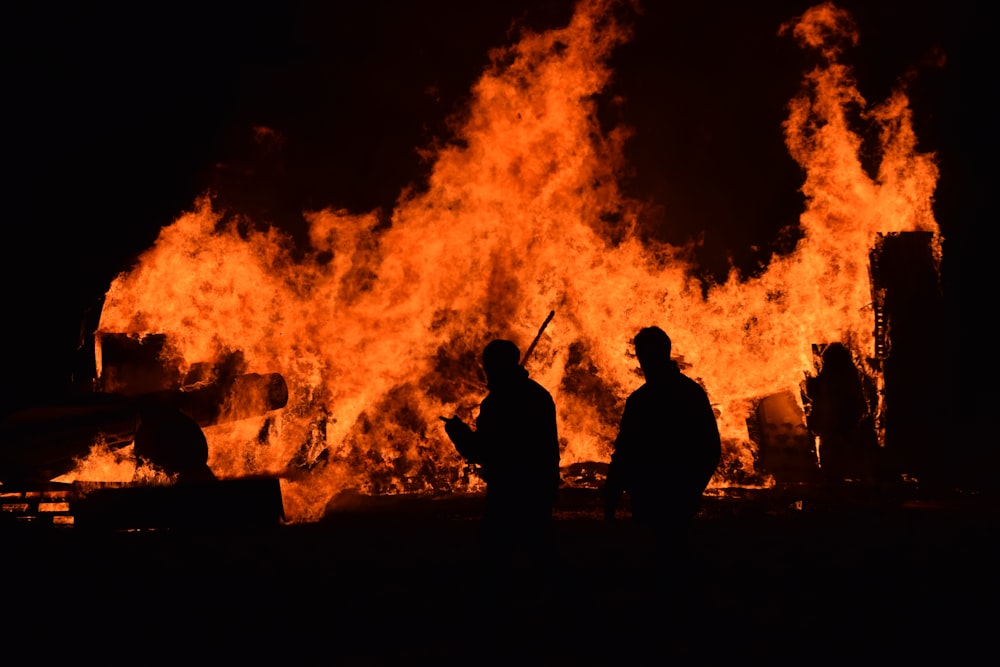
Photo by Issy Bailey on Unsplash
Lightning and humans are the cause of wildfires within the park.
Each summer monsoon season often starts with “dry” lightning. Because the lower atmosphere and ground are so dry at the beginning of some monsoon seasons, little to no rain reaches the ground. But lightning still does.
Between 1996 and 2003 Mesa Verde National Park experienced several wildfires due to lightning and drought.
The fire damaged and destroyed important sites and buildings.
On July 23, 2000, a fire burning out of control in the park unearthed hidden ancient Indian artefacts, complicating firefighters’ task of putting out the blaze before it spreads to other areas of the park
10. Mesa Verde Is Certified as an International Dark Sky Park
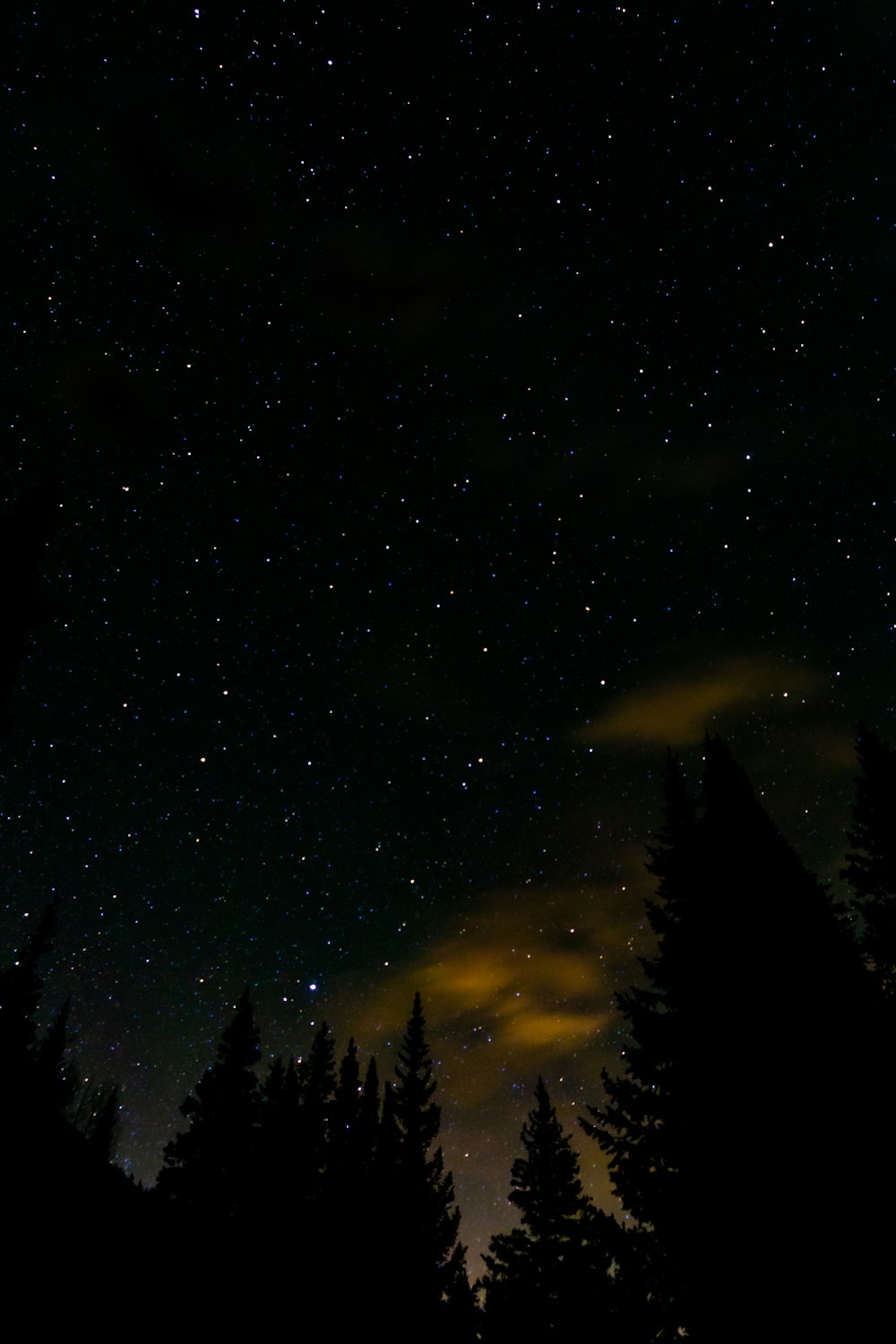
Photo by Matt Gross on Unsplash
An IDA International Dark Sky Park (IDSP) is a land possessing an exceptional or distinguished quality of starry nights.
The IDA designation applies to land that has continued public access whether public or private.
Another significant part of preserving Mesa Verde is protecting its night sky. The park was established as the world’s 100th International Dark Sky Park in 2021 in recognition of the remarkable quality of the night sky and opportunities for visitors to experience astronomy-based interpretive programs.
Park visitors can experience nearly the same quality of darkness that the Ancestral Pueblo people did a millennium ago, with hardly any light pollution.
Make a point to visit the many other sites throughout the area that provide a deeper look into the fascinating culture of the Ancestral Puebloan people.
One day just isn’t enough to take in all the history, culture, craft, local foods, wines and so much more.
Planning a trip to Paris ? Get ready !
These are Amazon’s best-selling travel products that you may need for coming to Paris.
Bookstore
- The best travel book : Rick Steves – Paris 2023 – Learn more here
- Fodor’s Paris 2024 – Learn more here
Travel Gear
- Venture Pal Lightweight Backpack – Learn more here
- Samsonite Winfield 2 28″ Luggage – Learn more here
- Swig Savvy’s Stainless Steel Insulated Water Bottle – Learn more here
Check Amazon’s best-seller list for the most popular travel accessories. We sometimes read this list just to find out what new travel products people are buying.











